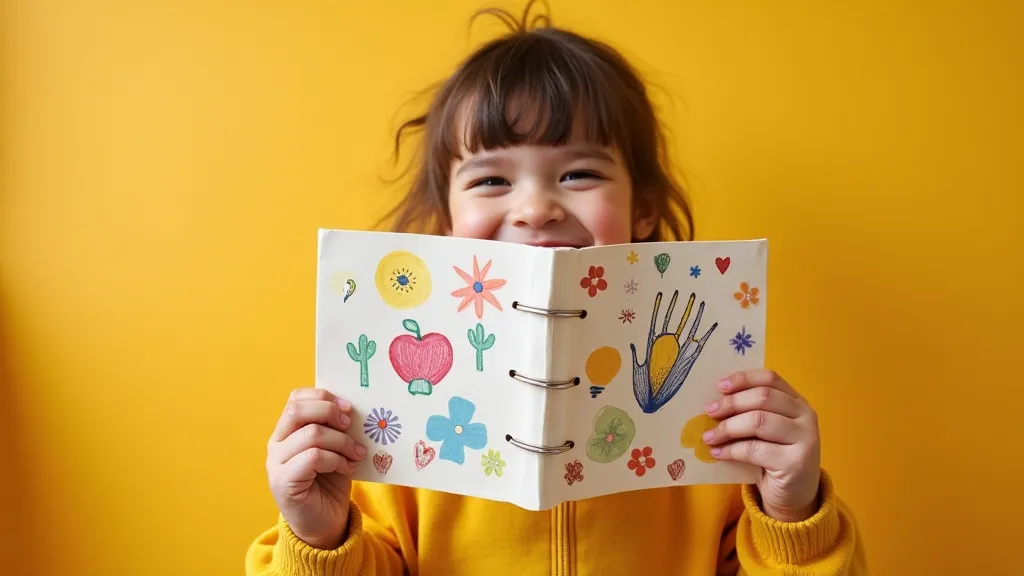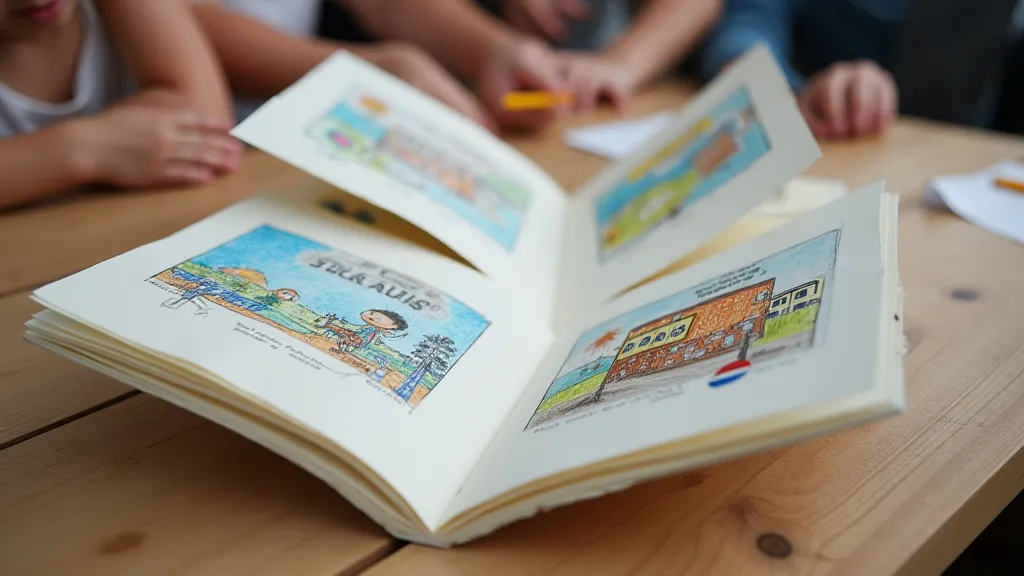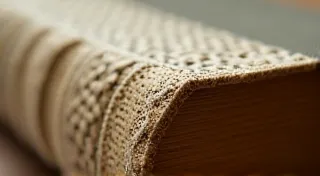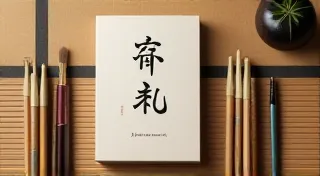Bookmaking for Children: Creating Simple and Engaging Books
Introducing children to the joy of bookmaking is a wonderfully rewarding experience. It combines creativity, fine motor skill development, and a sense of accomplishment. This guide will walk you through easy-to-follow techniques to create simple and engaging books perfect for young learners and budding artists. Even with limited bookbinding experience, you can create beautiful and personalized books for your children, grandchildren, or as gifts.
Why Bookmaking for Children?
Beyond being a fun craft, bookmaking for children fosters several valuable skills:
- Fine Motor Skills: Folding, cutting, and stitching paper strengthens small hand muscles.
- Creativity & Storytelling: Children are encouraged to write, illustrate, and design their own narratives.
- Problem-Solving: Simple bookbinding presents small challenges that kids can overcome, building confidence.
- Appreciation for Books: Creates a deeper understanding and appreciation for the books they read.
Simple Bookbinding Techniques for Young Makers
We’re focusing on techniques that are safe, easy to understand, and suitable for children aged 5 and up (with adult supervision, of course!).
1. The Stapled Book
This is the absolute easiest method and fantastic for introducing the concept of a book.
- Gather Your Materials: Several sheets of paper (construction paper, drawing paper, or a combination), a long-reach stapler (essential!), scissors.
- Fold the Paper: Fold the sheets in half neatly.
- Align and Staple: Carefully align the folded edges and staple along the spine. Multiple staples are best for a more secure binding.
- Decorate! Let the children decorate the cover and inside pages.

2. The Japanese Binding (Simple Version)
This technique introduces basic stitching and creates a lovely, unique appearance. This is a simplified version - more complex Japanese bindings exist for advanced learners.
- Prepare Your Paper: Several sheets of paper, folded in half.
- Punch Holes: Using a hole punch (adult supervision needed!), create 3-5 holes down the centre fold.
- Thread and Stitch: Using thick thread (yarn works well!), begin stitching the pages together. There are numerous tutorials online demonstrating this stitch – search for “Japanese Binding Tutorial for Kids”. Focus on securing the pages, don’t worry about perfect aesthetics.

3. The Accordion Book
An accordion book is a continuous fold, creating a series of pages that unfold like an accordion. It's simple to create and offers a unique canvas for illustration.
- Gather Your Materials: One or more large sheets of paper (butcher paper, large drawing paper).
- Accordion Fold: Fold the paper back and forth, creating a series of even folds. (Like a zig-zag).
- Illustrate or Decorate: Let the children draw or paint on each panel of the accordion fold.

Tips for Success with Children
- Keep it Simple: Start with the easiest techniques and gradually introduce more complex ones.
- Adult Supervision: Essential for using tools like hole punches and scissors.
- Embrace Imperfection: Don't strive for perfection. The process is more important than the final product.
- Let them be Creative: Encourage children to experiment with different papers, colours, and illustrations.
- Make it a Collaborative Project: Bookmaking can be a wonderful family activity!
Bookmaking for children is a delightful way to foster creativity, build skills, and create lasting memories. So gather your materials, unleash your imagination, and start binding!





